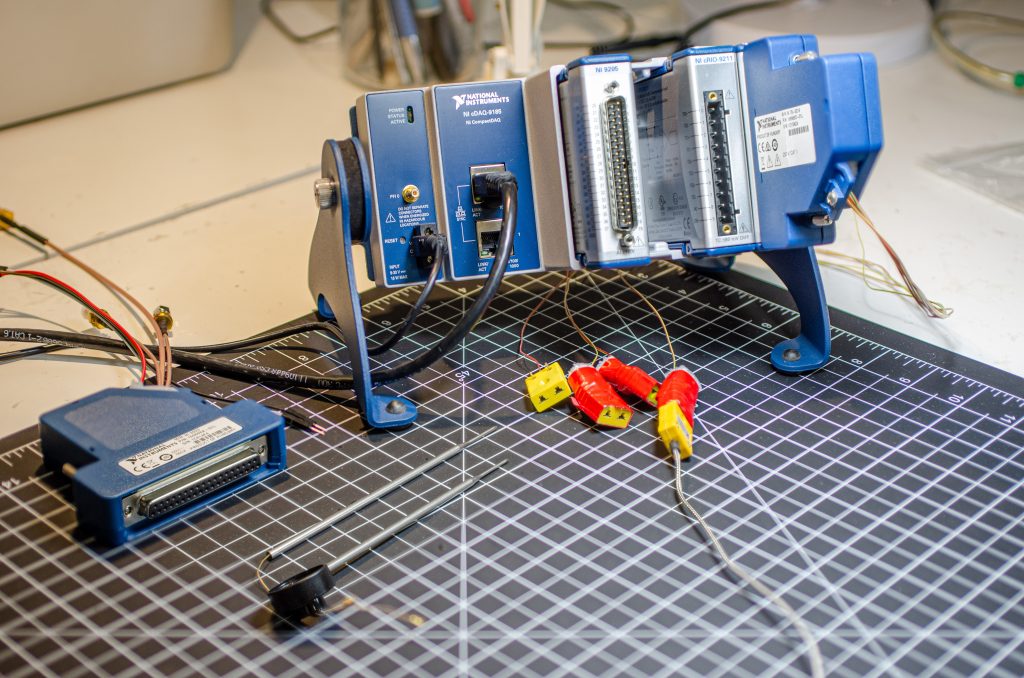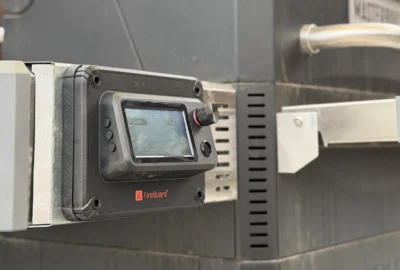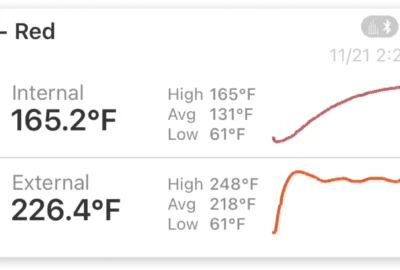Science, Tech
The Speed of the Spark; How Fast are Instant Read Thermometers?
Just exactly how fast is fast??
In transportation we are happy to get from New York to Los Angeles in a few hours, instead of a few days.
In accessing information, broadband connections allow us to download massive amounts of information faster and faster. Even our mobile phones now boast a “5G” speed which rivals broadband internet connections just a few years ago. Computers and connected devices remind us constantly at the increasing efficiency we obtain as technology evolves to drive speeds faster.
This holds true in the world of cooking as well. This is why when the engineers at FireBoard Labs began developing the Spark thermometer, their goal was to create a lightning fast thermometer available for the culinary industry. And it is. (One second is our official specification on the Spark)!

The timer in this animation is the time code from the original video file that was shot at 60 frames per second.
It is easily understood that a mercury or mechanical thermometer slowly drifts towards the reading, eventually reaching stability. With RTD and thermistor sensors (commonly found these days for digital thermometers) taking a temperature reading only take a couple of seconds instead of minutes. In contrast, the Spark is designed to achieve an accurate reading within 1 second, using its fast reading thermocouple probe. This is convenient for a handheld thermometer since you can quickly flip open the probe and achieve an accurate reading nearly instantly.

The thermocouple probe of FireBoard’s Spark instant read thermometer.
When it comes time to shop for thermometers that can quickly read temperatures, the term “instant” deserves some definition.

The daughter and mother boards of the Spark showing the USB-C charging port and the thermometer port that allows for the Spark to become a single channel FireBoard capable of tracking the temperature curve of a 10 hour smoking session.
Time Constants
Through gathering experimental data (see graphs), using a data acquisition system, the time constant of a the Spark’s thermocouple probe was calculated by FireBoard engineer Harold Tarun. This unit of time shows speed at which a system, in this case the Spark, can respond to a step change in temperature. Harold’s graphs of his experiments show that shortly after 10,000 samples the temperature is within 99% of the reference temperature. The software takes samples at a rate of 10,000 every second.
By definition, one time constant represents 63.2% of the reference temperature. Five time constants represent 99.3% of the reference (some call this a “full reading”). Although the Spark samples temperature readings four times every second, the time it takes to read five time constants and the additional latency to actually display the temperature is just under one second — (our official specification is 1 second).

Harold’s test of temperature rising from ambient to 50ºC with the Data Acquisition System recording 10,000 samples every second.

Similar data acquisition graph showing the tested thermocouple probe dropping in temperature.

The chassis of National Instruments Data Acquisition system used by FireBoard Labs to determine the time constant of probes being considered for use in the assembly of the Spark.
The temperature taking system continues to react to what is being measured.
 To the left, a table showing level of accuracy in percent, for every time constant. If your time constant is 5 seconds, a reading of 25 seconds will yield a measurement that is 99.33% accurate. for a 100% accurate reading, it will take 50 seconds.
To the left, a table showing level of accuracy in percent, for every time constant. If your time constant is 5 seconds, a reading of 25 seconds will yield a measurement that is 99.33% accurate. for a 100% accurate reading, it will take 50 seconds.
All of this is to say that thermocouple thermometer probes are capable of acquiring temperature data faster than the other probes used in culinary applications, i.e. thermistor. The engineers at FireBoard Labs, proved this by running experiments on probes using a Data Acquisition System–even going as far to test thermocouple probes from different manufacturers to find the thermocouple that has the best construction quality, and most consistent fast reaction time.
Stay tuned as we continue to dig deeper into the science of temperature!

Various components of FireBoard’s Spark, instant read thermometer.









Leave a reply